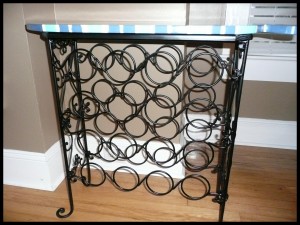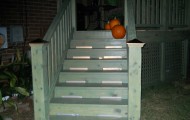
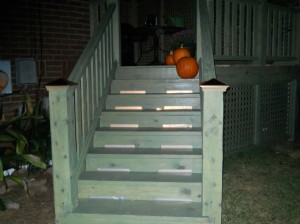 I have come up with an easy and inexpensive way to light up your deck stairs. First you must have what are called risers, ( boards that run between each step, used to close up the area under each step. I cut out a 1 inch high by 12 inch width rectangle of the riser (bottom side closest to the step). The best part is that I envisioned a frosted plexiglass cover for each cut out . However, plexiglass seemed way to labor intensive and costly, so I thought what material would give me the same look? I was at Home Depot and thought plastic, clear plastic which isn’t clear, has a frosted look. I headed to the paint department to find a roll of plastic. I cut the plastic into squares and stapled the plastic squares to the back the stair risers. I use a single light under the stairs that is on a timer. Look at the pictures as they explain and show the results. Forget the plexiglass and use the inexpensive plastic to create lighting for the stairs. This project shows how to substitute materials and save money doing it!
I have come up with an easy and inexpensive way to light up your deck stairs. First you must have what are called risers, ( boards that run between each step, used to close up the area under each step. I cut out a 1 inch high by 12 inch width rectangle of the riser (bottom side closest to the step). The best part is that I envisioned a frosted plexiglass cover for each cut out . However, plexiglass seemed way to labor intensive and costly, so I thought what material would give me the same look? I was at Home Depot and thought plastic, clear plastic which isn’t clear, has a frosted look. I headed to the paint department to find a roll of plastic. I cut the plastic into squares and stapled the plastic squares to the back the stair risers. I use a single light under the stairs that is on a timer. Look at the pictures as they explain and show the results. Forget the plexiglass and use the inexpensive plastic to create lighting for the stairs. This project shows how to substitute materials and save money doing it!
This idea could also be used on a handicap ramp!
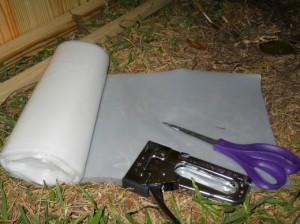
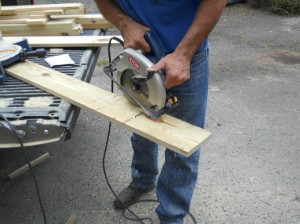
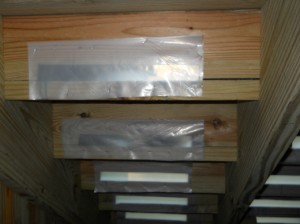

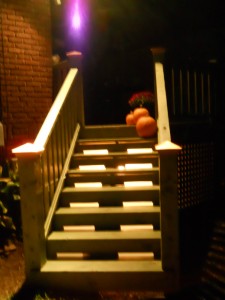
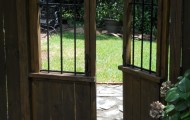
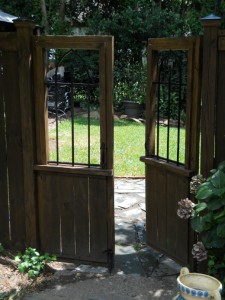
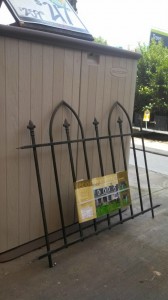
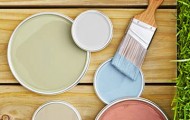
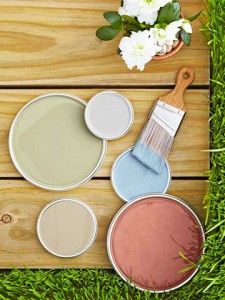




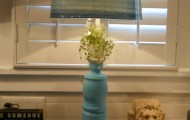
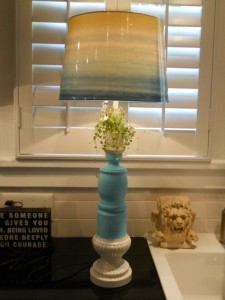
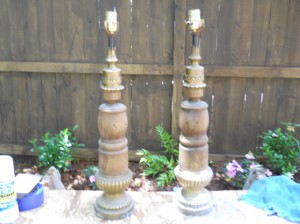
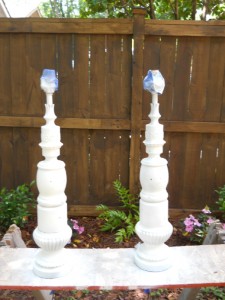
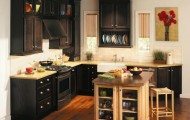
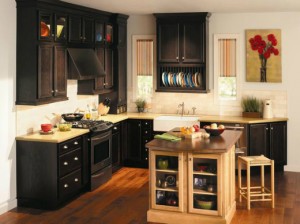
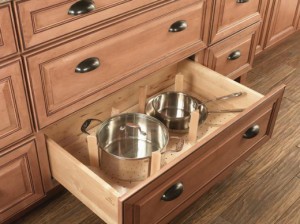
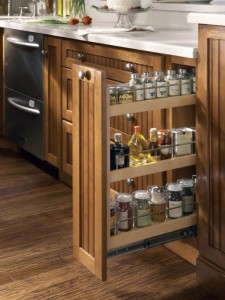

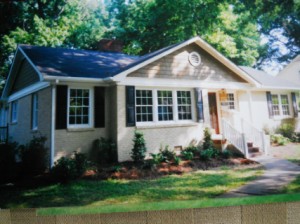
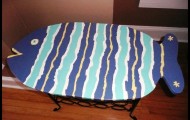
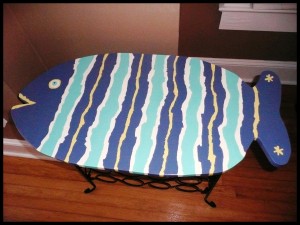 OK, Chabby asked me to share how I made my fish table… This project started with my neighbor sitting one of those little wine rack tables, we’ve all seen before, on the curb…free to a good home…with a plan in mind, I scooped it up…We were in need of a table that could live on the front porch with the rockers, a place for appetizers when we are hanging out…So this is what I did…First, I flattened out a cardboard box so I could make a pattern for my fish. That way I could create the right size of fish to fit over the existing table top. I decided to leave the original top on the rack because it was sturdy and well attached.
OK, Chabby asked me to share how I made my fish table… This project started with my neighbor sitting one of those little wine rack tables, we’ve all seen before, on the curb…free to a good home…with a plan in mind, I scooped it up…We were in need of a table that could live on the front porch with the rockers, a place for appetizers when we are hanging out…So this is what I did…First, I flattened out a cardboard box so I could make a pattern for my fish. That way I could create the right size of fish to fit over the existing table top. I decided to leave the original top on the rack because it was sturdy and well attached.